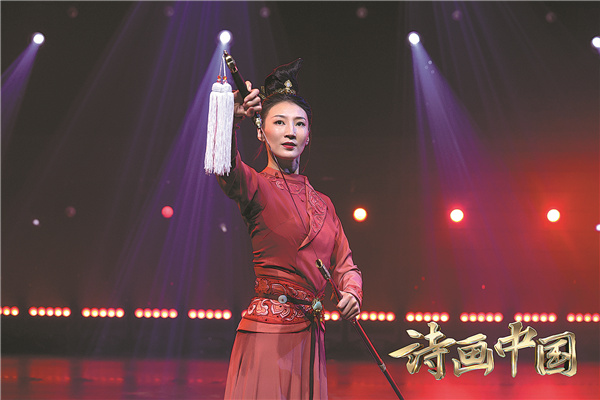

Teachers and students of the Academy of Arts and Design of Tsinghua University in Beijing were invited to imitate Xu Wei's brushwork of wild cursive script and his sketchy presentation of the various plants with splashed ink redolent of his painting to create the visual aspects of the performance.
"We want to articulate, disseminate and create beauty that brings new life to these ancient poems and paintings. We use modern expression of traditional cultures to unfold a vivid, spectacular picture of China in poems and paintings," Tian says.
Kang says the program will help audiences understand the spirit of Chinese people by looking deeply at ancient Chinese poems and paintings. In those works, painters and poets were not obsessed with sticking to the details of what they perceived with their eyes and ears, but instead were intent on portraying the matters that preoccupied their souls, he explains.
To prepare for the show, he says, he wrote notes on more than 200,000 Chinese characters related to the selected paintings.
Associating poetry with painting has given him a new perspective for his studies on Chinese classical literature, he says, and his involvement in the program has inspired him to do more interdisciplinary study in related fields.
About thirty-half of the total number of-paintings displayed in the show are in the collection of the Palace Museum.
Wang Xudong, the museum's director, says the show provides an opportunity for experts who conduct studies on cultural relics at the museum to promote their research results in varied art forms.